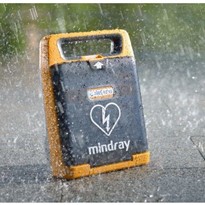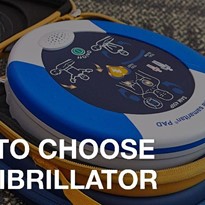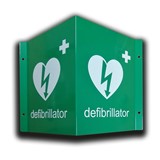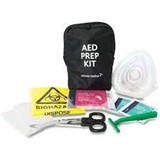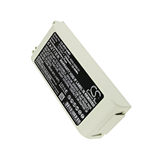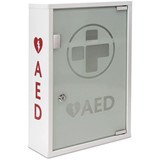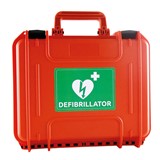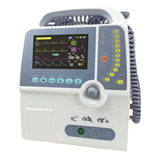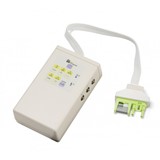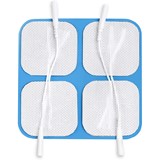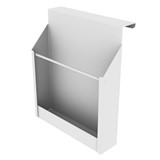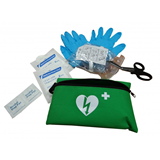Here’s some insight into how the right dose of voltage works to support CPR and life-saving efforts, from DefibsPlus – the best place to get defibrillator training and buy a defibrillator in Australia.
It’s all about joules, not voltage
While the shock supplied by an AED used to be measured in volts, it’s now measured in joules. This is because volts are a measurement of the difference in charge between two points, and joules measure the energy delivered.
The issue is that the amount of energy an AED battery will deliver depends on the resistance between the battery and the person’s heart. All kinds of things can affect this, from body hair and clothing to body tissue itself and the gel on the electrode pads. This makes voltage a bit less reliable for something that needs to be very carefully calculated to avoid harming the victim.
Most modern, cutting-edge AEDs don’t work on voltage for that reason. Instead, using joules, the AED can measure the amount of resistance between the battery and the pads that deliver the shock to the heart, and even adjust it to make sure the heart is getting the optimal dose. This makes them exceptionally safe to use as well as increasing the effectiveness of the treatment!
How many joules does an AED supply?
Today’s AEDs are calibrated to deliver between 120-200 joules. The first shock applied to the patient will be on the low end of the scale and it will increase with each attempt.
In the past, it was researched that as much as 360 joules won’t damage the heart any more than the lower doses will. However, there’s a greater risk of skin burns and a longer recovery time – without any increase in the patient’s survival rate.
For these reasons, AEDs supply biphasic shocks (a double-wave shock) at lower joules rather than a monophasic shock (a single wave).
AEDs are smart, safe, and effective
The idea behind AEDs is to make this technology as safe and easy to use as possible, both to put as little strain on the patient and to make sure that anyone nearby can pick one up and use it safely. By adjusting the joules by measuring exactly what can be supplied to the patient, they are as safe for infants and children as they are for adults. And with just a little defibrillator training, you’ll have the confidence to act in an emergency and very likely save a life!
Get FREE defibrillator training when you buy a defibrillator in Australia from DefibsPlus
At DefibsPlus, we are dedicated to taking the fear and uncertainty away from using a defibrillator – because the fact is that everyday bystanders are the most necessary link in survival for a person in cardiac arrest.
In addition to supplying you with the best defibrillator in Australia, we’ll give you and your family or team FREE defibrillator training based on your chosen AED.


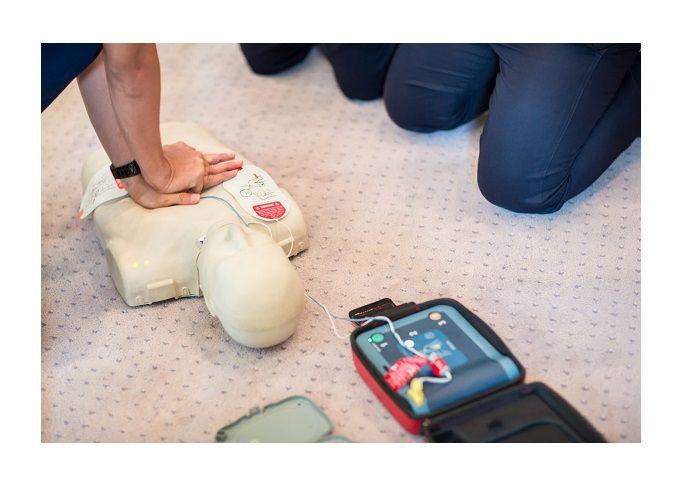
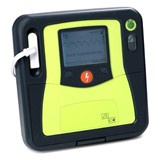
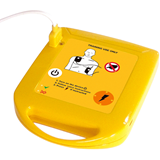
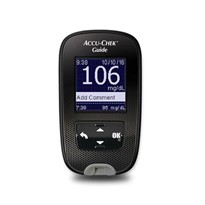
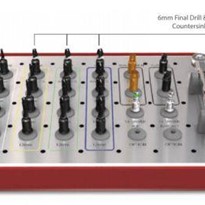
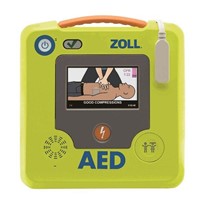
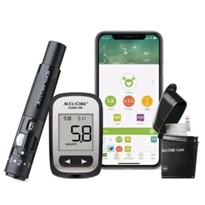
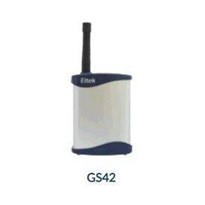


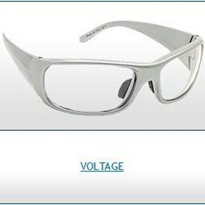
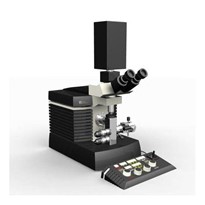


-205x205.jpg)
